Tomato variety Sultan (F1)
Tomato Sultan has earned a lot of positive reviews in its address, and all thanks to its excellent taste and high yield.
The originator of the hybrid is the well-known company Bejo Zaden, in Russia the seeds are presented by the agricultural firms "Gavrish", "Prestige", "Plasma seeds". Since 2000, it has been included in the State Register of Varieties, recommended for the Lower Volga, North Caucasian, and Central Black Earth regions.
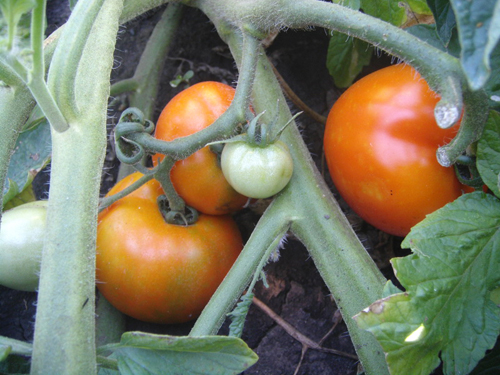
The Sultan hybrid is part of a large group of determinant tomatoes (with limited growth), the bush grows no more than 60 cm. The leafiness is medium, the leaf blades are of the usual type, small, have a rich dark green color. The ripening period is medium early, the first fruits can be removed approximately 95-110 days after germination (the state of technical ripeness). It will take about 12-14 days to fully ripen on the bushes.
In simple inflorescences of this tomato, from 5 to 7 ovaries are formed. Fruits are round, slightly flattened, with an articulated stalk. A slight ribbing is noticeable near the peduncle. At the stage of technical maturity, tomatoes are light green in color, in the area of the stalk there may be a prominent dark green spot. When fully ripe, the fruits acquire a bright red color, the stain disappears.
By weight, tomatoes range on average from 75 to 180 grams. The pulp is quite dense and fleshy (like beef-tomatoes), the number of seed chambers is from 5 to 8, while the fruit contains a very small number of seeds. Taste is excellent, which is not so often found in hybrid forms of tomato. Use of fruits - fresh, for salads, as well as for processing. Sultan tomatoes are ideal for making juices, sauces, mashed potatoes, dressings. The percentage of dry matter is about 4.5%, sugar is 2.8%.
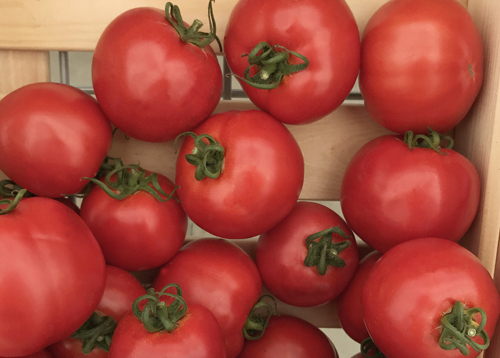
The taste of tomatoes largely depends on the growing conditions and the correctness of agricultural technology. This hybrid is recommended for cultivation in unprotected soil (southern regions), as well as in greenhouses and film shelters (middle lane). In terms of yield, it is on the same level as the standard, from 1 square meter of plantings, up to 14-15 kg of fruits can be harvested.
This variety is resistant to a number of diseases traditional for tomatoes: verticillosis, fusarium. Due to the mid-early ripening period, it “leaves” phytophthora.
The advantages of Sultan tomato include: the ability to get large enough fruits, excellent yield, high taste. Unlike many similar hybrids, the Sultan's fruits are suitable for transportation. In addition, they can be stored for up to several weeks without losing their taste and presentation. This variety does not require pinching, but ripening clusters need a garter and support. Fruiting is extended, which allows harvesting until autumn. The bushes of this tomato are very compact, low, which is especially convenient for owners with small garden plots.
Among the shortcomings, it should be noted that it is impossible to take your seeds for sowing for the next season. The offspring of the first generation (F1) hybrids do not retain the declared qualities, therefore, if you want to grow the Sultan, you will have to buy seeds every season.
Tomato Sultan is a fruitful, unpretentious hybrid that will surely delight you with delicious tomatoes.
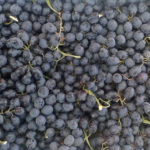
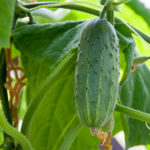
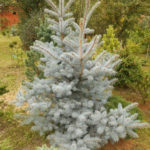
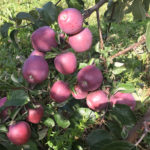
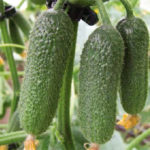




It is for sure that seeds from hybrid varieties cannot be taken.I had a self-seeding of the Sultan. A medium cabbage was planted between the bushes, and several overripe tomatoes rolled under the leaves. There they began to rot, the seeds spread along with the juice. The next spring they sprouted together. Out of curiosity, I left them. But out of them came out thin tall tomato lianas, strewn with fruits small, like tennis balls. Inside, under the thick skin, there is one water full of seeds. Our beloved Sultan is completely different, sweet and fleshy. The juice from it turns out to be thick, with the taste and aroma of summer tomatoes. He has only one drawback - the common tomato misfortune of late blight. I did not observe any particular resistance to this scourge in the variety. But we manage. Starting from seedlings and until the milk ripeness of the first ovary, we spray a solution of 2 liters of whey from curdling milk, 10 drops of iodine and 2 tbsp. l. wood ash on a bucket.
How often should this solution be sprayed? I will plant for the first time, and I don’t know anything yet.
Once every 10 days.